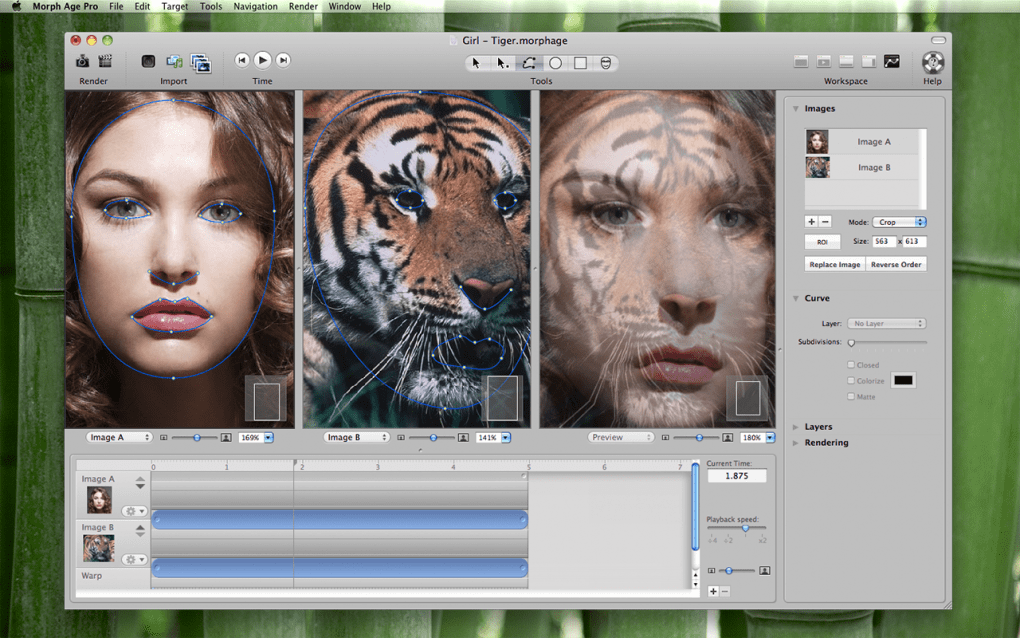


Specifically, during hovering, approximately one-quarter to one-third of the weight support (upward component of the aerodynamic force supporting the weight of the bird) is generated during upstroke , which is considerably larger than that of other birds. generating useful forces (lift and/or thrust). Because of this wing rotation around its long axis (hereafter, ‘torsional reversal’), the upstroke of a hummingbird is aerodynamically active, i.e. Rather than flexing, a hummingbird wing is rotated around its long axis during supination (transition from downstroke to upstroke) and then kept outstretched during upstroke. The span ratio of rufous hummingbirds is nearly 100% at hovering and never less than 85% at higher flight speeds, whereas other birds have span ratios between 20 and 80% (see , fig. 10). Here, a wingspan is the distance between the left and right wing tips, and it varies with time when an animal flaps its wings. The extent of flexing is measured by the span ratio, which is defined as the wingspan at mid-upstroke divided by the wingspan at mid-downstroke. Consequently, hummingbirds cannot flex (fold) their wings during upstroke as other birds do. This feature results in more than half the wing length (distance between wing base and wing tip) of a hummingbird’s wing being composed solely of primary feathers, hence the mass is concentrated to the proximal portion and the inertial power would be reduced. One of the unique features of the hummingbird wing is that the arm wing is very short and the hand wing is relatively long, and the joint between them (elbow joint) cannot be stretched because of the anatomical restriction . To reduce the inertial power, the mass of the wing should be decreased, or the mass of the wing should be concentrated to the proximal portion of the wing (i.e. This includes reductions in the inertial power and in the aerodynamic power. To help manage such high energy demands, the wing shape and the wing kinematics (the way in which they flap wings) are likely to be sophisticated, among other traits. Some species of hummingbirds migrate between North America and Central America. Hummingbirds (family Trochilidae) are the only bird group that is capable of sustained hovering and are reported to have the highest mass-specific metabolic rate among vertebrates . Specifically, the maximum and minimum wing areas differed by 18%, presumably due to feather sliding the wing was bent near the wrist joint, towards the upward direction and opposite to the stroke direction positive upward camber and the ‘washout’ twist (monotonic decrease in the angle of incidence from the proximal to distal wing) were observed during both half-strokes the spanwise distribution of the twist was uniform during downstroke, but an abrupt increase near the wrist joint was found during upstroke. The wing shape varied substantially within a stroke cycle. To test the effectiveness of the method, we recorded the hovering flight of a hummingbird ( Amazilia amazilia) using high-speed cameras and reconstructed the right wing. The morphological and kinematic parameters can be obtained using the wing model, and the numerical or mechanical simulations may also be carried out. We have developed a method to reconstruct a three-dimensional wing model of a bird from the wing outline and the feather shafts (rachides). It has been known that such dynamic wing morphing reduces aerodynamic cost in insects, but the consequences in vertebrate flyers, particularly birds, are not well understood. Animal wings are lightweight and flexible hence, during flapping flight their shapes change.


 0 kommentar(er)
0 kommentar(er)
